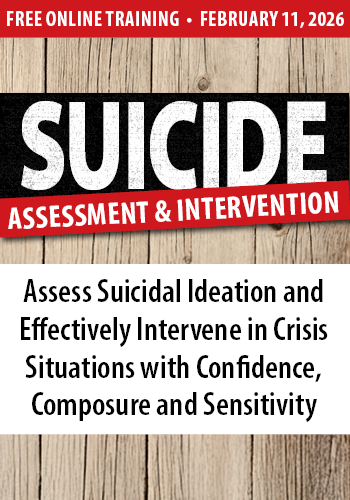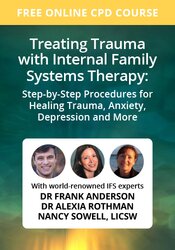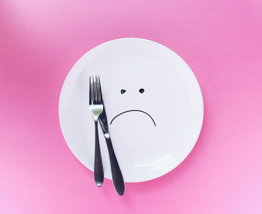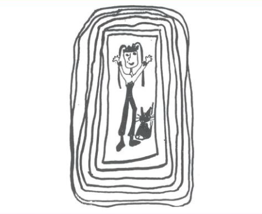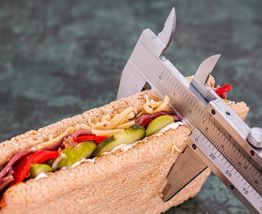Enrol in an online course today for flexible, self-paced learning—no fixed schedule required. Plus, enjoy lifetime access to course materials for convenient revisiting.
Kitchen Therapy for Eating Disorders: A Relational Approach to Food
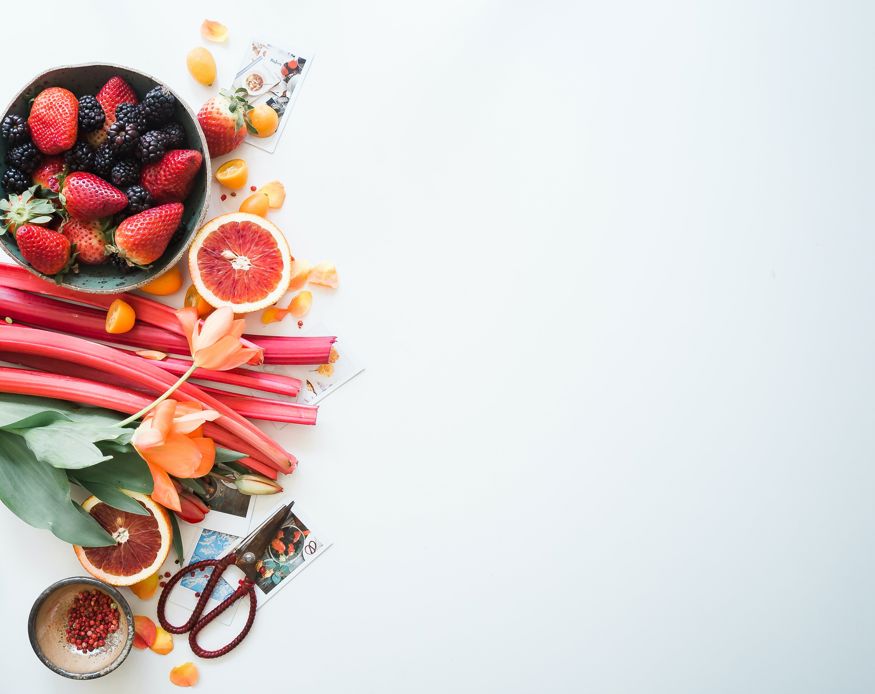
My initial research into using Kitchen Therapy was in the area of addiction, specifically working with eating disorders. Whilst using kitchens and food might sound like ‘aversion’ rather than ‘recovery therapy’, focusing on the psychological nutrition being communicated to and through our bodies has proved effective. Taking a relational approach to how we feed ourselves and others helps us find new pathways to inner work: sitting alongside the resistance, respecting the defences and recognising the rationale of the symptoms.
In a previous blog piece on working with addition, I described how my approach is rooted in ‘the shared sustenance of connection’. Like any other addiction, eating disordered thinking lives in the mind, and I have also written on this platform about how Kitchen Therapy encourages us to initiate from our gut instincts. Here, I want to focus on how, by giving form and personality, not only to the eating disorder itself, but to the meal, ingredients and process of making food, we enable practical, if not edible, insights to emerge.
Kitchen Therapy animates the binary, concrete world of part objects inhabited by eating disordered functioning. This draws on Kohut’s Self Psychology and work around self-objects, and is a gradual process. I might ask:
“If this food could talk, what would it say?” Silence.
“Ok, what might they wear?” Blank.
“Mmm, if they were a person, who would they be…?”
Once a feeling, a food or experience has been given a form, we have a shared object we can play with, and which also might be able to interact with other self-objects, as it takes several ingredients to make a whole meal.
For example, S talked of the auto-eating of Mars bars. When I asked who Mars bar might be, she flashed “Brad Pitt”. Now many of us can probably imagine throwing caution to the wind if Brad Pitt suggested a brief moment together… But my client had just described feeling utterly accepted in her long-term relationship, and tempting trysts have consequences to which she was now making a quick, gut-felt association. This vignette helped us see the need for S to find more fun activities that were not goal directed (without consequences other than pleasure) in her life.
When using Kitchen Therapy with eating disorders, I also draw on a brilliant technique from Narrative Therapy, ‘Internalised Other Interviewing’ (IOI). Binge Eating, for example, would be invited into the therapy room and asked questions, such as “how long have you known…?” “who introduced you?”, “what plans do you have for…?” By giving voice and reality to the eating disordered aspect of a client’s ‘personality committee’, we can help them begin to relate to and process their buried, confused, belligerent communications. We are developing a conversation between feeling and thinking functions, which goes offline in our auto-addictive behaviours.
An anorexic client of mine described being able to cook meals for herself and others in the treatment centre as the most effective part of her recovery. In Kitchen Therapy, I encourage people to empathise with the food they are making. Both ingredients and recipes have a character we can empathise with. This enables an indirect, less threatening conversation to take place. Regressive issues of fear, power and control that drive an eating disorder may or may not be disarmed in the action of cooking – but we will certainly get to know their functioning better! Food becomes relatable with the potential to be mischievous, fun and nurturing, as well as stubborn, rebellious and manipulative – all aspects are welcomed around the kitchen table.
By giving feelings, foods and behaviours form and personality, we create a stage where new stories, healthier aspects and relationships can come into play.



